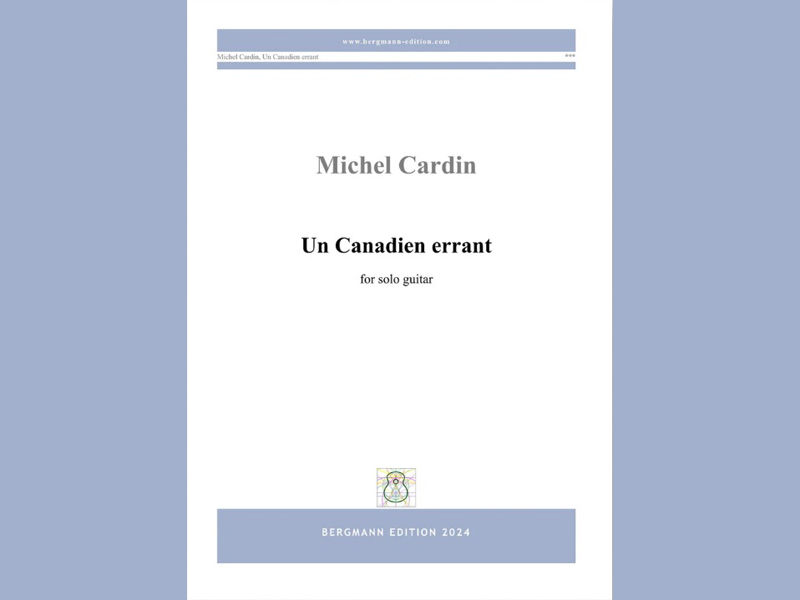Johannes Tonio Kreusch : plays Villa – Lobos and Ginastera CD
- chrisdumigan
- Apr 22, 2021
- 2 min read
Updated: Aug 10, 2021

VILLA – LOBOS: 12 Etudes (Paris 1928 /29 manuscript versions): GINASTERA: Sonata for guitar Op47 (Geneva 1976 – manuscript version).
Johannes Tonio Kreusch
OEHMS Classics: OC241
Here is another fascinating release from this talented player, for here everything is from the original manuscripts, and not the published versions. This of course could mean very little with lots of compositions, but in the case of the Villa Lobos Studies, the history is gripping, and far too complex to go into in too much depth here, but suffice it to say that the original Eschig printed version is vastly different in so many ways from the manuscript from many years earlier, and they include actual printing mistakes, very elaborate fingerings, and dynamics, as well as just plain difference in the actual notes! Whichever version you have heard or played from they remain an absolute pinnacle of writing for the guitar, and they always do requite the most perfect technique to do a good job on them, and Kreusch manage to get so much out of these enigmatic Etudes that one wonders how they could possibly be nearly a century old, as they sound like they could have been written last week.
The Ginastera Sonata, in four movements is another cornerstone of the repertoire. The opening Esordio begins on a chord of the six open strings, and recurs throughout the work. This opening movement is solemn and often sounds almost improvisational and yet has a song , a Vidala, inspired by the Incas, and here using percussive beats on the guitar, not that the music sounds took folkloric as Ginastera has written it in such a way that that particular element is not too obvious at first. The second movement, a Scherzo is concerned with, as quoted by the composer ‘an interplay of shadows and light, of nocturnal and magical ambience, of dynamic contrasts, distant dances, and of surrealistic impressions’, so in other worlds very magical in sound, which Kreusch communicates very well. The 3rd movement Canto is a slow solemn lament, full of angst and sorrow, whilst the Finale brings an exciting close with its essentially new guitar techniques, alongside the more traditional styles. At times this is not an easy work to listen to, but it is so original in so many ways that one is gripped by it, and by the fact that Ginastera never learned to play guitar, yet produced such a work as this.
This again is a wonderful recording, very clear and of top quality, both in the performances by Kreusch and the two – language booklet and packaging.
Chris Dumigan




Comments